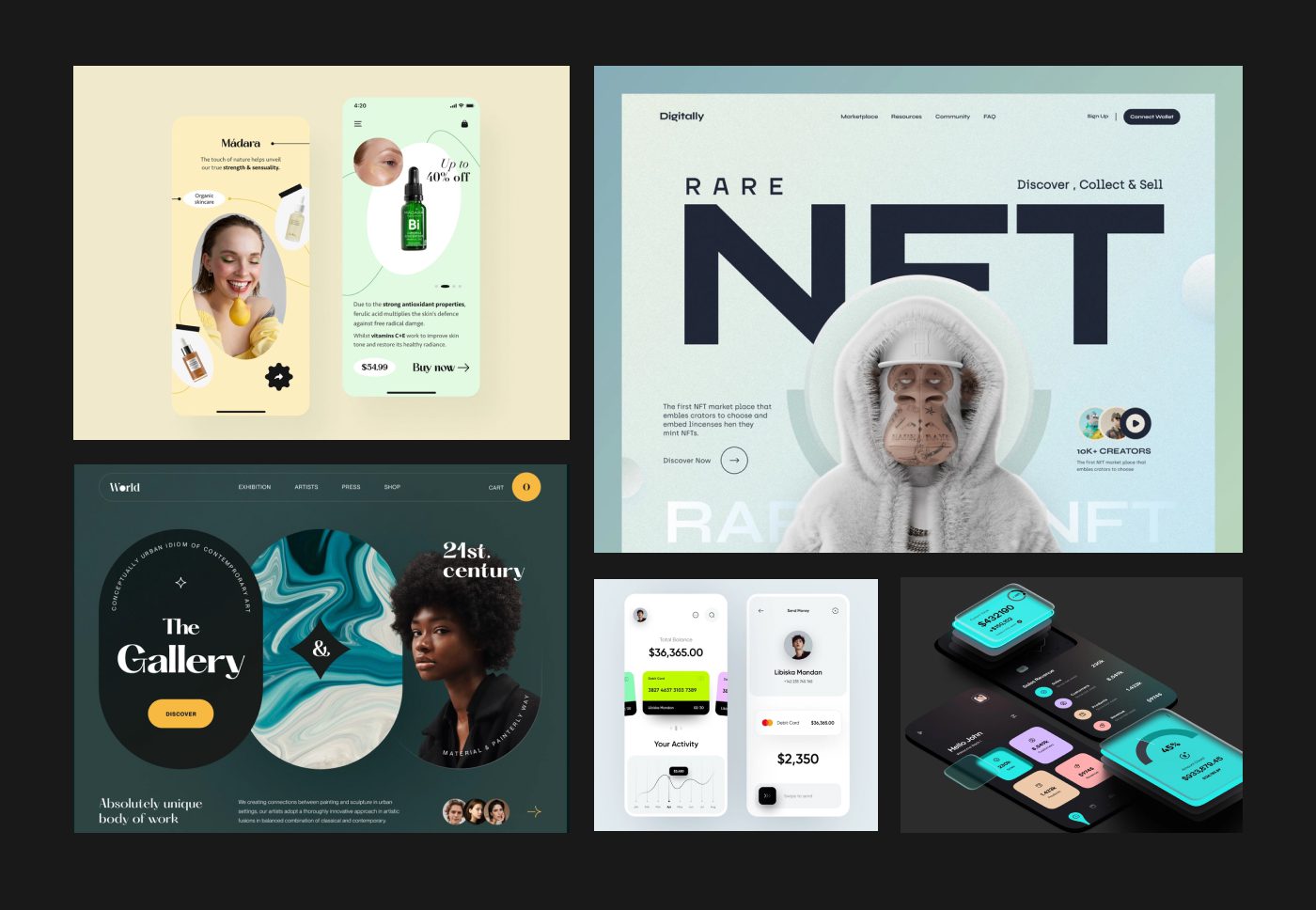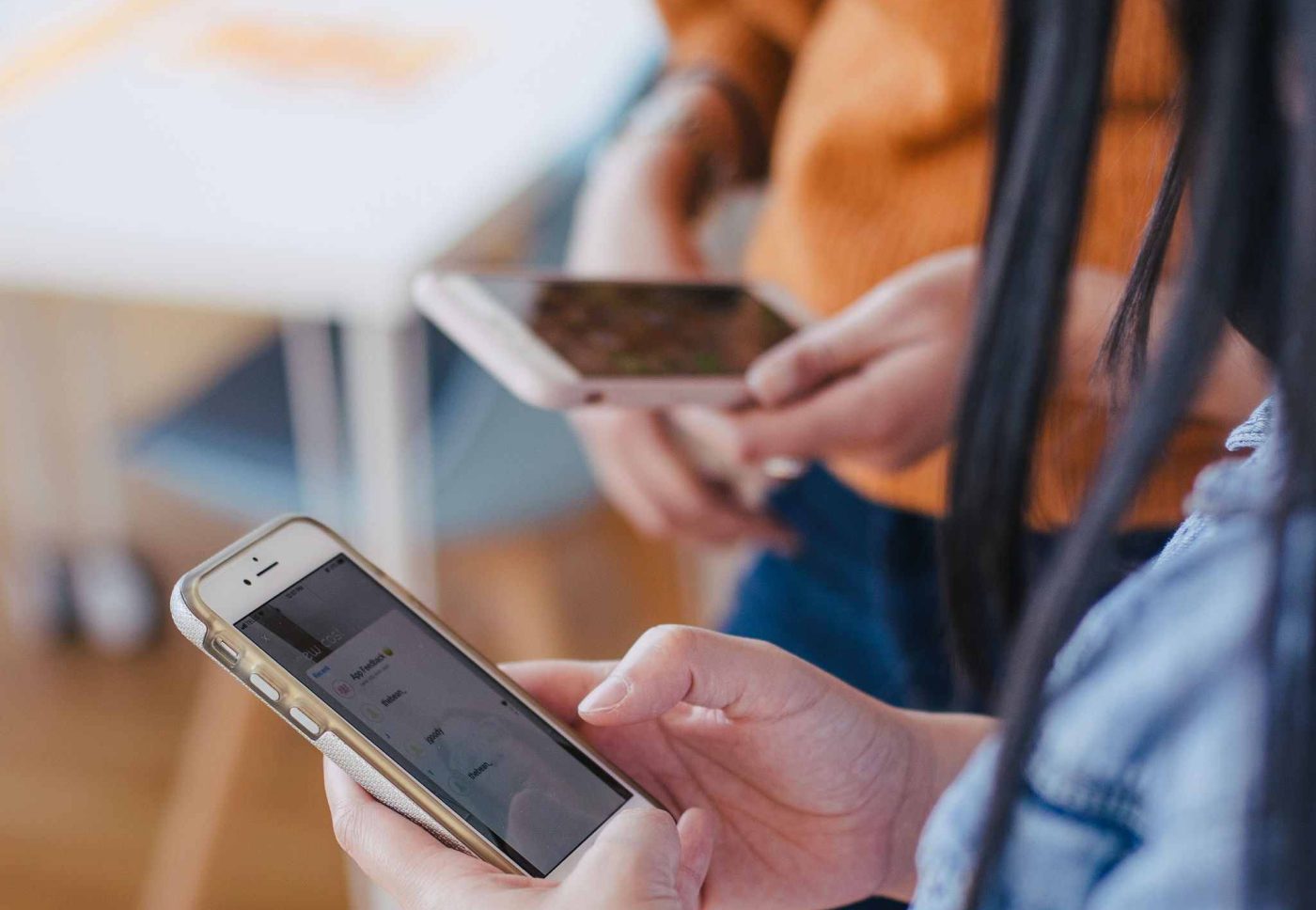
In 1997, Nokia launched the Nokia 6110 with a classic game called ‘Snake.’ Considered special then and now a classic, the game not only shaped the sales of Nokia but also changed the idea of mobile app design.
In 2014, Facebook’s application entered the market and opened the door to significant changes. Despite having similarities with the website, the Facebook app was well received and went on to add innovations in the field of mobile app design.
As these apps revolutionised with features and design, they became synonymous with everyday living.
A Brief History of Mobile App Designing
The first iPhone
While the game Snake was undoubtedly a huge hit, the market witnessed a quick shift in 2007 when Steve Jobs decided to show us the first iPhone. At the 2007 Apple Worldwide Developers Conference, Steve Jobs displayed the iPhone, notably changing the future of designers and developers.
As a multitouch screen object, the iPhone explored the possibilities of UX, challenging the Android market to respond, and that is precisely what they did.
Android enters the chat
With Android geared to challenge Apple, we got the world’s first commercially viable Android device, the ‘HTC Dream.’ What followed was multiple companies developing their device, leaving customers with options.
This, in turn, led to designers and developers being linked to apps, and years later, they learned that mobility is the authentic personal experience. With mobile app designing signalling a demand, a detailed design process emerged.
Google unveils Material Design
Combining the best skeuomorphism and flat design elements, Google brought in Material Design in 2014. Besides changing how apps were designed, Material Design also impacted app developers.
Since Google prioritised the mobile experience while launching it, developers had more work on their plates. Both the Play Store and App Store became crowded with applications, and businesses began realising the hidden potential that it offers.
What followed was apps being used for branding, marketing, and much more.
Features of the best-designed apps
With apps being downloaded every second, it is crucial to understand what motivates people to download these apps. Apart from need, design is also a factor that convinces people to hit the download button.
Designers influence people by creating a
- Positive first impression.
- Structuring emotional designs.
- Creating easy-to-use designs.
Along with these options, the following features would complete the meal.
Considering the low attention span of the user, creating a first impression requires an interface free from chaos. A decluttered interface can increase the app’s functionality, leading to user retention.
The design elements which are being added need to be simplified because simplified interfaces are indispensable entities. Unnecessary use of imagery and graphics can be distracting as it might take away users’ attention from the main point.
Optimising typography is a move that optimises the user experience. Legible and clear text is the way forward because distractions can permanently harm the end goal. Being able to convey information in a simple manner will always be ideal in taking things forward.
Written language and typography must communicate the point while convincing users to take action.
The low attention span of users enables them to quickly move to other apps or websites if they don’t find what they need. So, every app should follow an efficient navigation system that encourages users to get to their requirements as soon as possible.
Intuitive navigation makes the in-app experience worthwhile, helping users get what they want.
Apps should only demand a little effort from users. Coupled with smooth navigation and reduced keystrokes, an app should also bring in users, help them find their requirements, and convince them to complete that action.
Reduced keystrokes bring in the idea of minimum effort and don’t demand that users type in a particular section or functionality. Since this promotes seamless interactions, the outcome will help your business.
Mobile app design trends of 2023
From needing video production services to avoid overlapping, mobile app design trends of 2023 are reminiscent of a changing industry that has evolved with time.
Integrating videos
Videos have the power to showcase valuable content effectively and make content valuable. Videos have become part of mobile app design through visual effects and other video production services.
Integrating videos with apps makes it a complete package and adds to smartphone users spending 3 hours and 2 minutes daily watching videos.
Personalisation
Personalisation is now at the heart of business services. Users want apps to be customised according to their needs and receive recommendations that align with what they want. This personal experience motivates them to stay longer and continue using the app.
Thanks to that, personalisation is a top trend for mobile app designing, and we doubt whether it will stop being so. Since personalised experiences increase conversion rates, developing an app without it could be considered a mistake.
Augmented reality
With augmented reality already changing mobile app UI designs, it was just a matter of time before it was declared a trend. With its power to impose digital content into the real world, augmented reality convinces users to download the app to explore more.
By increasing its interactive layer, apps that fall under this genre end up being intuitive and have a distinct style. From e-commerce applications to social media, augmented reality has been integrated to promote applications.
Password less login
Free-flowing experiences take shape when users don’t have to stop and remember multiple passwords. With most apps needing users to create an account, password less login has become a trend wherein it promotes face and fingerprint recognition.
Password less login is a new way forward as it gets done in a matter of time and doesn’t request the user to sign in every time. It provides a convenient authentication system that works well for all users, promoting user experience.
Takeaway
Mobile app designs have always provided us with a layer of curiosity and the added mix of UI, making them an experience to remember. While we all remember the game Snake, we also recognise how augmented reality has changed things, taking us through evolution.
Designers and developers in the new era have multiple factors to consider before designing an app, focusing on generating a user-centric approach.
Curious about the next steps after ‘The Transformation of Mobile App Designing’? Dive into ‘Strategies for Mobile Apps‘ to uncover practical approaches for applying these design innovations in your projects.











